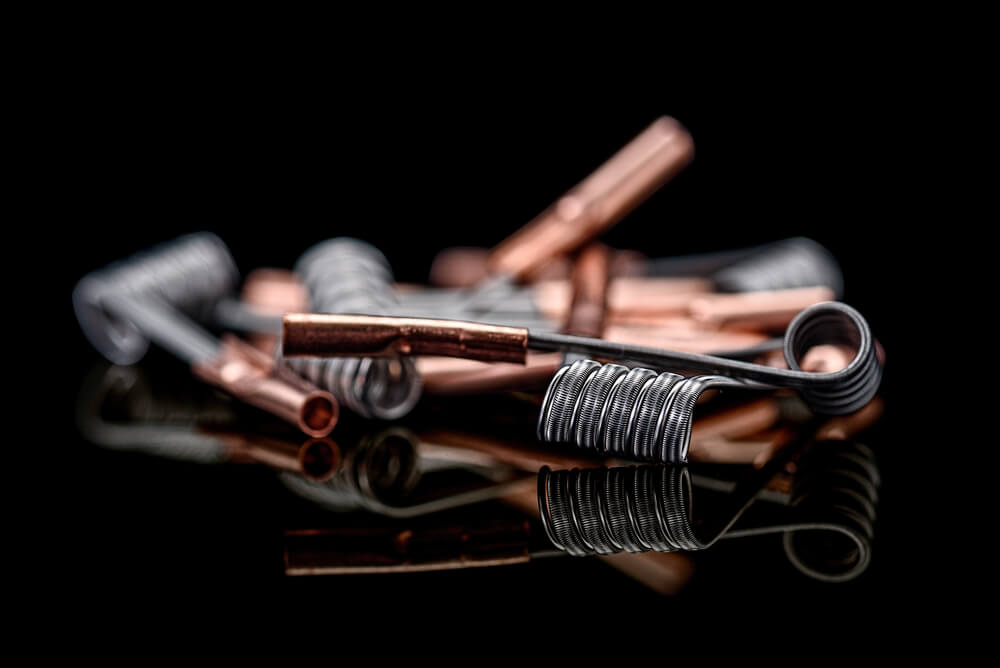
As you further your development in the vaping game, many people opt for increased personalization to their vaping experience.
Back in the day, vaping was known for its simple to use and straightforward devices. With the cigalike and vape pen, the user simply picked up their device and inhaled, leading to an experience in which you’d certainly know what you were getting. The vape devices which have developed over the past decade have taken this simple idea and made it flexible, personalized and far more powerful. These variable wattage, voltage and temperature control devices have led to the development of new ways to vape and come with their own unique selling points. So, which variable vaping mode is best for you, and what do each of them bring to the table?
Variable voltage
The voltage of an electronic circuit measures the amount of electrical resistance. This means that when you are working with a vape device in variable voltage mode, you are controlling how much electricity flows through the device and interacts with the atomiser and coil, rather than giving the device an exact amount of energy to use. The amount of voltage can fluctuate depending on the atomiser head you are using.
Pros
Variable voltage devices mean that you have more freedom of choice, especially when sub ohm vaping. Sub ohm vaping is the style in which you are vaping at under 0.1 ohms, and with such a low resistance produce a lot more vapor. Of course, the easiest way to sub ohm is with a variable voltage device which displays the exact voltage, making the process easier and the clouds far thicker.
Cons
Variable voltage devices mean it is far more likely that you are going to get a dry hit or burn out your coil. This is because they don’t give you a definitive power output, only the power which is being flowed through the system which will then be affected by the devices many variables. Despite variable voltages forte for a wide array of vape experiences, this will mean you are more likely to have an unpleasant experience as well.
Variable Wattage
These devices use the output of the vape as their main focal point. This means that whatever wattage you choose for your vape device, the inner workings will calibrate and change to accommodate this. This means that the voltage and current will change to accommodate your wattage, or output.
Pros
This is the most flexible way to vape. With wattage as your focal point, you will have more of a chance to explore different tastes, cloud densities and temperatures. This makes it a far more flexible and versatile way to vape and doesn’t necessarily put sub ohm vaping front and foremost, meaning it is accessible to those who don’t fancy a bout of cloud chasing.
Cons
One downside to vaping with variable wattage is that you are having to sue a bigger device. With this regulated circuitry inside your device, you are having to accommodate for it through extra space. This makes variable devices in general a lot more boxy and bulky than your streamlined unregulated device. Of course, what the variable wattage device lacks in space economy, it makes up for in safety features which are vital if you want to vape safely.
Another problem for variable wattage devices is the very reason that they are so large. Having a vape device with lots of safety measures and components to its circuit means that by necessity you are working with more moving parts. This means that more pieces can get lost or broken, as well as requiring more upkeep for atomiser or coil replacement.
Temperature control
You can find TC settings built into your variable wattage devices as well as on non-variable devices such as the vape pen. Temperature control settings refers to the internal computer which allows you to pre-set or input a maximum for the temperature your vape device can reach. Whatever wattage or voltage your vaping at, your coil temperature will remain fixed to your preferred heat setting.
Pros
This means that your vape device is far safer and won’t overheat. It also means that you don’t have to worry about dry hits or spit back, your vape device regulating the temperature, which works within the limitations of what your circuit can achieve. If you are looking for a circuit which can keep your vape cool but your clouds big, then TC setting devices are the ones for you.
Cons
This of course means that your vape devices work at a far more regulated level. For those who want to experiment with intensity and the very limits of where you can push your vape mod, then temperature control settings would act as a buffer for this and would not be beneficial.


